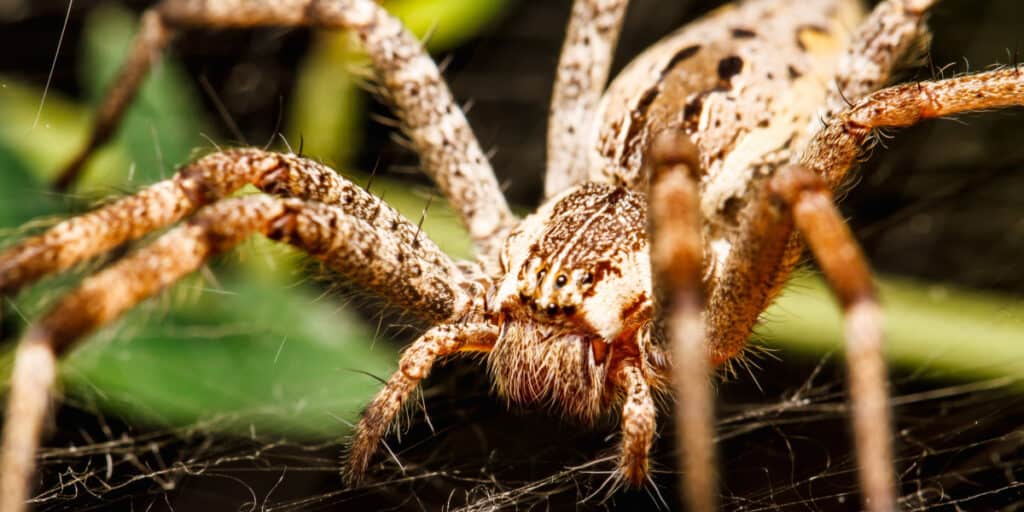If you are fascinated by spiders, you may have wondered what is a “true spider” and how it differs from other spiders, such as tarantulas. In this blog post, we will explore the meaning of this term and the characteristics that distinguish true spiders from other arachnids.
True spiders are part of the suborder Araneomorphae, which includes about 90% of all spider species. They are also called modern spiders, because they have evolved more recently than other spiders. Some examples of true spiders are orb weavers, jumping spiders, huntsman spiders and wolf spiders.
One of the main features that define true spiders is their fang orientation. True spiders have fangs that face each other, like pincers, which allow them to grab and pierce their prey with more precision. They also have more diverse venom glands and delivery systems than other spiders.
Another characteristic of true spiders is their respiratory system. True spiders usually have only one pair of book lungs, which are organs that allow gas exchange in air. They also have a tracheal system, which is a network of tubes that deliver oxygen directly to the tissues. Some true spiders rely more on their tracheae than their book lungs, and some even lack book lungs completely.
True spiders also have a shorter lifespan than other spiders. Most female true spiders live for a few years at most, while males often die soon after mating. Some true spiders are also capable of producing silk from different types of glands, and use it for various purposes, such as building webs, wrapping prey, making egg sacs or creating shelters.
On the other hand, tarantulas are not true spiders. They belong to the infraorder Mygalomorphae, which includes more primitive and ancient spiders. Tarantulas are also called bird-eating spiders, because some species can prey on small vertebrates. Some examples of other mygalomorphs are trapdoor spiders and funnel web spiders.
One of the main features that distinguish tarantulas from true spiders is their fang orientation. Tarantulas have fangs that point downward, like daggers, which they use to stab their prey. They also have less diverse venom glands and delivery systems than true spiders.
Another characteristic of tarantulas is their respiratory system. Tarantulas usually have two pairs of book lungs, which are larger and more efficient than those of true spiders. They also lack a tracheal system, which means they rely entirely on their book lungs for breathing.
Tarantulas also have a longer lifespan than true spiders. Some female tarantulas can live for more than 20 years, while males can live for several years after reaching maturity. Tarantulas also produce silk from only one type of gland, and use it mainly for lining their burrows or making sperm webs.
In conclusion, true spiders and tarantulas are both members of the order Araneae, but they belong to different subgroups that have evolved differently over time. True spiders are more modern and diverse than tarantulas, and they have different fang orientations, respiratory systems and silk production abilities.




